Understanding jib crane load capacity is vital for ensuring safe, efficient, and reliable lifting operations. Every jib crane—whether wall-mounted, freestanding, or articulated—comes with a rated limit that determines how much weight it can safely handle. Misjudging or exceeding these limits can lead to structural failure, equipment damage, or serious accidents.
In this article, we’ll explore what jib crane load capacity truly means, how it’s determined, and the practical steps you can take to maintain safe lifting practices in your facility. We’ll also link key resources to help you understand, inspect, and maintain jib crane components effectively.
Learn about the essential hardware behind every lifting system in What Are the Key Jib Crane Components in Every Setup?
Table of Contents
ToggleUnderstanding Jib Crane Load Capacity
What Is Load Capacity?
The load capacity of a jib crane refers to the maximum weight it can safely lift, move, and position during normal operation. This figure is determined through engineering calculations that consider material strength, boom length, mounting type, and the stress distribution through the crane’s structure.
Load capacity is more than a single number—it encompasses:
- Rated Load – The manufacturer-approved safe working load for daily operation.
- Maximum Capacity – The theoretical upper limit under ideal conditions, including safety margins.
- Safe Working Load (SWL) and Working Load Limit (WLL) – Safety guidelines that account for wear, environment, and operational variables.
Maintaining strict adherence to these ratings is crucial for safety and compliance.
Rated Load vs. Maximum Capacity
Rated Load
The rated load is the practical working limit—the maximum load the jib crane is designed to handle during routine operations. It reflects:
- Material strength of the boom, mast, and base.
- Hoist and trolley design.
- Mechanical and structural tolerances.
For example, a light-duty workshop crane may have a rated load of 1 ton, while heavy-duty industrial models can lift 10 tons or more.
Maximum Capacity
The maximum capacity is the absolute upper boundary—theoretical, not operational. It indicates the crane’s limit under ideal, controlled conditions, often exceeding the rated load. However, using a crane near or beyond this limit can compromise its integrity.
Factors That Influence Jib Crane Load Capacity
Several engineering and environmental factors affect the true load capacity of your jib crane:
- Structural Design – The crane’s geometry, weld quality, and load path directly determine its strength.
- Boom Length & Radius – Longer booms reduce lifting capacity as leverage increases the stress on the mast.
- Mounting Type –
- Freestanding jib cranes offer 360° rotation and higher capacities.
- Wall-mounted jib cranes are space-efficient but typically limited to 180°.
- Articulated models, such as the Articulated Jib Crane – Wall Mounted, provide flexibility but are designed for moderate capacities.
- Material Quality – High-grade steel and precision components enhance performance and reduce deflection.
- Operating Environment – Outdoor installations, temperature extremes, and corrosive atmospheres may reduce capacity ratings due to material fatigue or wear.
Why Load Capacity Matters for Safety
Operating beyond the rated jib crane load capacity introduces severe risks:
- Structural Failure – Overstressing the boom or mast can cause cracks or collapse.
- Mechanical Breakdown – Excess load accelerates wear on hoists, trolleys, and rotation bearings.
- Operational Instability – Overloading can cause tipping or loss of control.
- Safety Hazards – Equipment failure endangers operators and nearby personnel.
Crane operators should always verify the load chart, confirm the weight of the load, and ensure even distribution before lifting.
Testing and Verification
Load Testing
Periodic load tests confirm that a crane performs within its rated specifications. These include:
- Static Load Test: Lifting a test load (typically 125% of rated capacity) to check structural stability.
- Dynamic Load Test: Simulating normal operation to evaluate performance under motion.
Load testing should be performed:
- Annually or after significant repairs/modifications.
- Before commissioning a new or relocated crane.
Stability Testing
Verifies that the crane remains balanced during operation, especially when the load is applied at maximum radius.
Documentation & Compliance
Keep meticulous records of all inspections, tests, and certifications. Compliance with OSHA, ASME, or equivalent local standards ensures safe operation and protects against liability.
For detailed inspection guidance, see What Steps Help Inspect Jib Crane Components Properly?.
Recognizing Signs of Overloading
Early detection of overloading can prevent major failures. Common warning signs include:
- Unusual Noises: Grinding, creaking, or straining sounds indicate mechanical stress.
- Structural Distortion: Bending or deformation in the boom or base.
- Sluggish Lifting or Dropping Loads: Hoist may struggle or slow unexpectedly.
- Triggered Safety Devices: Overload alarms or limit switches engaging frequently.
If these occur, stop operation immediately and inspect for damage. Refer to When are Jib Crane Components Worn or Damaged? for in-depth maintenance insights.
Safety Practices for Operating Within Capacity
- Know Your Limits: Always consult the manufacturer’s load chart before lifting.
- Perform Pre-Operation Inspections: Check for damage, corrosion, or misalignment.
- Use Proper Rigging: Secure loads evenly and avoid side-pulling.
- Train Operators Thoroughly: Only qualified personnel should handle crane operations.
- Maintain Regular Servicing: Keep hoists, trolleys, and structural components in optimal condition.
- Plan Emergency Procedures: Prepare for potential overload or equipment failure scenarios.
Tip: Pair your jib crane with the right attachment for the job—like the scissor lifter for vertical slabs or the slab lifter for stone panels—to enhance efficiency without overloading the system.
Typical Jib Crane Load Capacities by Type
| Crane Type | Typical Rated Load Range | Common Applications |
|---|---|---|
| Light-Duty Workshop Crane | 0.5 – 2 tons | Assembly, repair, small part handling |
| Medium-Duty Industrial Crane | 2 – 5 tons | Manufacturing, fabrication, warehouses |
| Heavy-Duty Jib Crane | 5 – 10+ tons | Shipyards, heavy machinery, steel plants |
| Custom Engineered Crane | 10 – 20+ tons | Specialized lifting in construction or logistics |
Note: Always confirm specifications with your manufacturer—capacity can vary by boom length, foundation, and mounting design.
Routine Testing Frequency
| Test Type | Purpose | Recommended Frequency |
|---|---|---|
| Visual Inspection | Identify visible wear or damage | Daily / Before use |
| Functional Test | Check all movements & safety systems | Weekly |
| Load Test | Verify rated load performance | Annually |
| Stability Test | Ensure safe balance & rotation | Annually or after modifications |
| Comprehensive Structural Review | NDT & load-bearing assessment | Every 2–3 years |
Maintaining a consistent testing and inspection schedule is key to preventing failures and maintaining compliance.
Case Example: How Load Capacity Impacts Real Operations
Manufacturing Plant:
A 3-ton jib crane used for engine assembly ensures consistent, safe lifts within rated load. Overloading it, even once, could distort the boom or misalign the mast—leading to long-term capacity loss.
Shipyard Application:
A 10-ton freestanding crane lifting hull sections must undergo semi-annual load tests due to high exposure to salt and wind loading. These conditions can fatigue metal faster, reducing the safe working load.
Construction Site:
Operators using a 7-ton wall-mounted jib crane must check anchor torque values periodically. Failure to do so may cause the mounting base to loosen, reducing rated capacity over time.
Why Regular Load Verification Matters
- Prevents Catastrophic Failure
Routine testing identifies weakening components before they fail. - Optimizes Equipment Lifespan
Staying within limits reduces fatigue stress on structural elements. - Improves Productivity
Consistent, reliable performance minimizes downtime. - Ensures Legal Compliance
Meets regulatory requirements for safe lifting operations.
Conclusion: Capacity Awareness is Safety Awareness
Understanding and respecting jib crane load capacity is the foundation of safe lifting operations. Rated loads, maximum capacities, and safety margins are not just technical specifications—they are vital safety measures designed to protect workers, equipment, and productivity.
By pairing correct load management with:
- Regular inspections
- Consistent testing
- Proper operator training
- Use of compatible lifting accessories
You ensure that your jib crane continues performing efficiently and safely for years.
For more resources on component design, maintenance, and inspections, explore:
- What Are the Key Jib Crane Components in Every Setup?
- When are Jib Crane Components Worn or Damaged?
- What Steps Help Inspect Jib Crane Components Properly?
And to explore durable, precision-engineered lifting solutions tailored for your workload, see more crane products from Aardwolf.

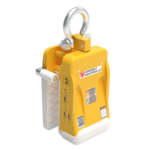
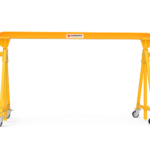
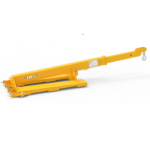
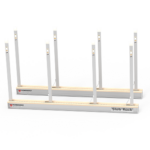
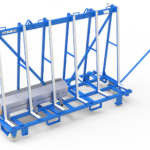

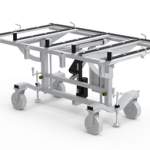
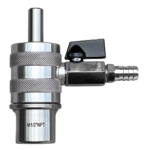
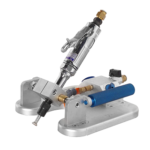
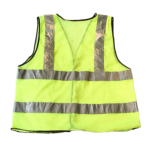

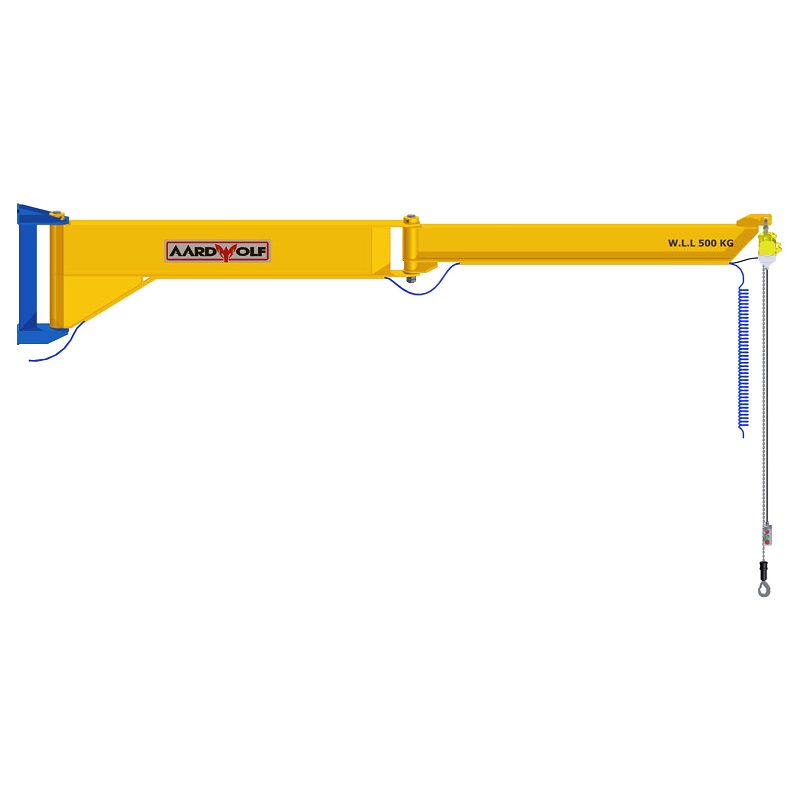
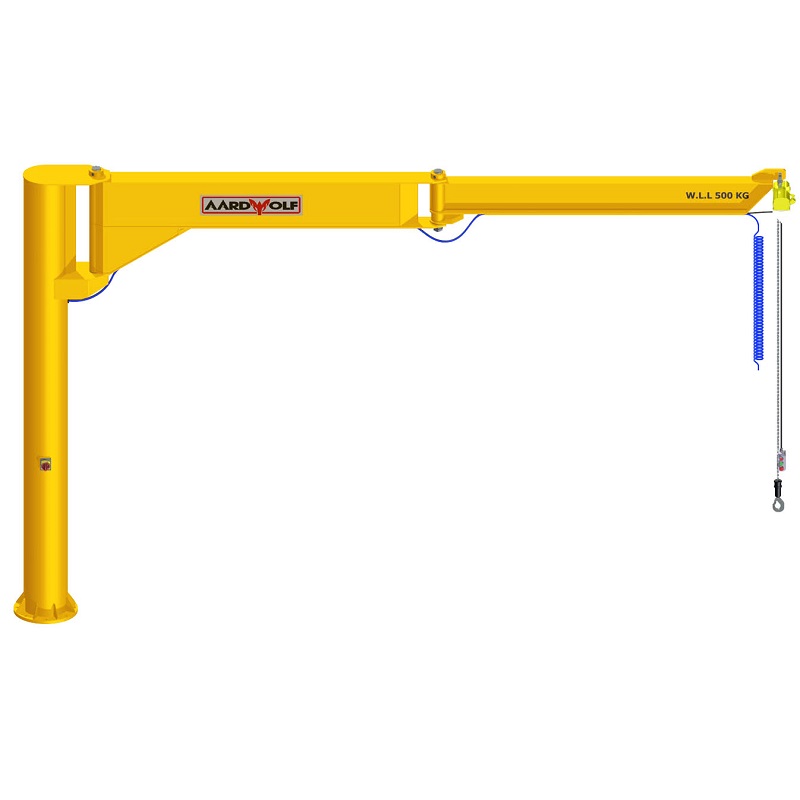
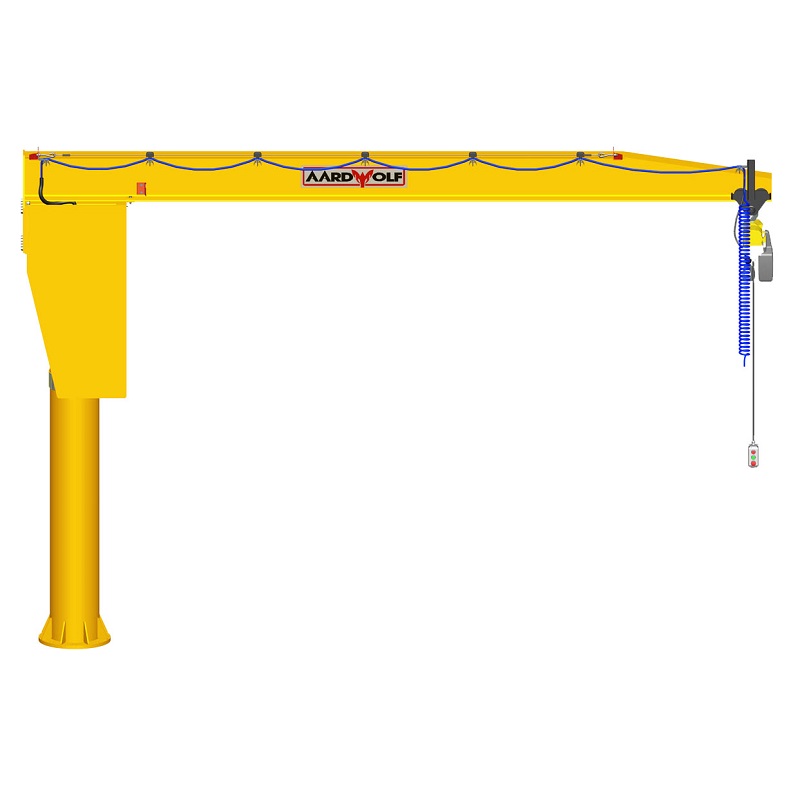


Please log in to leave a comment.